The twisting and bending roads of Amarkantak seemed to get even curvier as my car drove on them. Surrounded by lush green and dense forest, this place is located at the merging point of Satpura ranges with Maikal hills. Amarkantak is known for its magnificent beauty but it is also a lesser known pilgrimage center. Legends say that once Lord Shiva had destroyed Tripura by fire and the ashes fell onto Amarkantak. Upon touching the land, the ashes turned into several shivalingas.
I was enchanted the moment by car took the twisted path and towards the holy place. In Sanskrit the same Amarkantak means eternal source, many speculate that this name actually refers to River Narmada which flows through here. The place is so splendid and sacred that even the famous poet Kalidasa referred to it in his poems. He famously called this place Amarkuta.
As my car took another turn, I was captivated by the ethereal beauty that lay in front of me. The town of Amarkantak was just around the corner, and I could already feel its charm.
Amarkantak is a town in Madhya Pradesh. It has also been called Teertharaj or the ‘King of Pilgrimages’. Three rivers have found their origin from this sacred town- Narmada, Sone, and Johila.
What really makes this place wonderful are the number of ancient temples and the delightful scenic beauty that has embraced this place. From seeing man’s creation for God in the form of the temples, and then seeing God’s creations for man in the form of nature—this place proudly has both.
When my car stopped at the entrance of this town, my trusted driver told me that there were as many as 16 little shrines within the temple complex of Narmadakund, which is at the heart of the town. I wanted to keep this lovely temple complex for the end.
Things to do
My first stop was a tryst with nature. I headed for the Doodh Dhara falls, since waterfalls have always been my weakness. The falls were exquisite, while they certainly didn’t have their full regalia since it wasn’t monsoon season yet, but still, the gush of the water and the sound of it roaring was a melody to my ears. I had to pull myself away so that I could go and see other places in Amarkantak, but honestly, it is hard getting away from these captivating falls, surrounded by the bounties of nature.
As I made my way back, I was told that Amarkantak is unique in many more ways. It is the only place where Gods, Gandharvas (celestial beings) and Asuras (demons) are all worshipped by the locals. It is rare in India to see the Asuras being given such a high pedestal of worship, since all throughout Mythology they are seen as demons who only want to wreak havoc and are evil. Many in India believe that whoever breaths their last breath here is bound to go to heaven.
Yantra Mandir
My next stop was the Yantra Mandir, which is known for its architectural marvels. The moment I saw the temple, I fell in love with the intricacies and the way the Temple is built. The architecture is wonderful and a sight to behold. From the entrance itself, it is adorned with the figurines of the four Goddesses- Kali, Lakshmi, Bhuwaneshwari, and Saraswati.
The architecture of this temple is symmetrical and a great deal of thought and calculations must have gone into making this temple as resplendent as it is. The temple’s architectural geometry is synchronised with stellar and planetary movements according to the Tantric Calendar. The temple symbolises the geometric representation of the Primal Force, which is also termed as Maha Shakti.
This is heaven for any architecture student, who will be able to understand the intricacies and the planning that must have gone to make this wonderful temple. For others, it is a treat for the eyes, and the opportunity to learn more about the temple and its significance.
Kalachuri
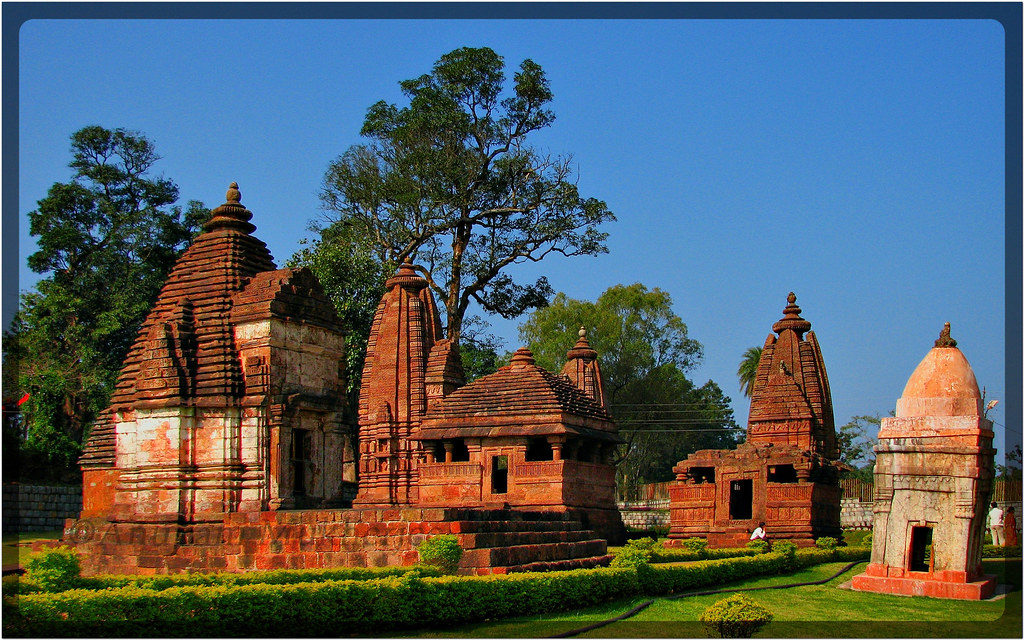 source: Flickr
source: Flickr
As I pried myself away from this excellent temple, I made my way to the next destination- the temples of Kalachuri
The temple is named after Kalachuri Maharaja Karnaveda, who built these temples between 1042 to 1072 AD.
These temples are testimonies of how rich and creative Indian architecture is. I was engulfed by the serenity and peace that keeps flowing all around this ancient structure. This temple is one of the perfect places to rest and take some time out to introspect and meditate.
Narmada Kund
Narmada Kund was one of the places that I was most excited about. I decided to walk here, as I found myself alongside serval pilgrims who all were making their way to this marvellous temple complex. These pilgrims had only the name of God on their lips and went on their way with utmost devotion towards God.
As I reached here, a magical aura embraced me and took over my body. Just like the pilgrims my head too bowed in respect. The sun was just about to set, and the sky had assumed a golden red colour. The pristine white temples of Mata Narmada were now painted in the gold of the setting sun. The myriad hues of yellow resembled the warmth that only the lap of a mother can provide. This was the perfect setting for the place from which the sacred river of Narmada takes birth.
These temples are devoted to the river Narmada, in the form of a deity. Mata Narmada, as the deity is only called sits atop her Vahan or ride which is a crocodile.
I went around the place admiring all the beautiful temples that lay in front of me. I wanted to sit there for hours and stare at this marvels. There is also a sculpture of an elephant, and the popular belief is that anyone who can go under the belly of the elephant and cross it, will be blessed. Many of said to have tried and failed.
Pilgrimage
Amarkantal attracts a lot of pilgrims all through the year. In my own journey, I witnessed several pilgrims making their way to the wonderful temples that have taken abode in Amarkantak.
The journey for this pilgrims usually start from the river’s (Narmada) source at Amarkantak, which then goes along its southern banks, and finally to the mouth at Bharuch in Gujarat. At Bharuch, the river finally merges with the Arabian Sea at Mithi Talai. From here the pilgrims take a motorboat from the southern to the northern end and start off their return journey.
While on pilgrimage, the priests perform a Lingarchan puja, wherein they shape 1325 miniature Shivalinga as all of the pilgrims chant the Shiva stotram. The whole atmosphere is electrifying and divine.
The pilgrims are allowed to start their journey from the mouth of the river, or anywhere they feel like, but it is mandatory for them to complete the circle and return to the place where they first began from. Pilgrims also make sure that the river is kept on their right, as they proceed onto their pilgrimage since it is believed that doing so will reap the most benefits.
The whole journey of the pilgrimage has many more rules, which can take up to four months to follow and complete. These rituals are strict and all pilgrims tend to follow it. A lot of pilgrims opt to take this journey barefooted as they surrender themselves to the utmost form of devotion. There are many options of public transports or even self hire cars who are unable to take this journey on foot. This pilgrimage journey is said to bring in a sense of mindfulness and self-awareness among the pilgrims. They are able to channel their material and non-material desires into something more attainable and fruitful.
River Sone
As I finally finished my trip to the various temples in Amarkantak, I decided to take a breather and rest. The perfect place to just sit back and relax are the banks of the silently flowing River Sone. I sat in contemplation as I saw the sun disappear for another day into the horizon.
My thoughts descended into the atmosphere that was around me. Everything was peaceful and serene. Everyone was sitting in deep thoughts trying to be more self-aware of themselves. Amarkantak, unlike other pilgrimage centers, is not about your full surrender to God, it is more about you as a person. It is more about knowing yourself and understanding who you are. It is also about the enchanting temples and the ever wonderfully aromatic incense stick smell that lingers in the air. It is about rising above yourself and being a better person. And as I sat there all alone, I felt all of this dawning onto me.

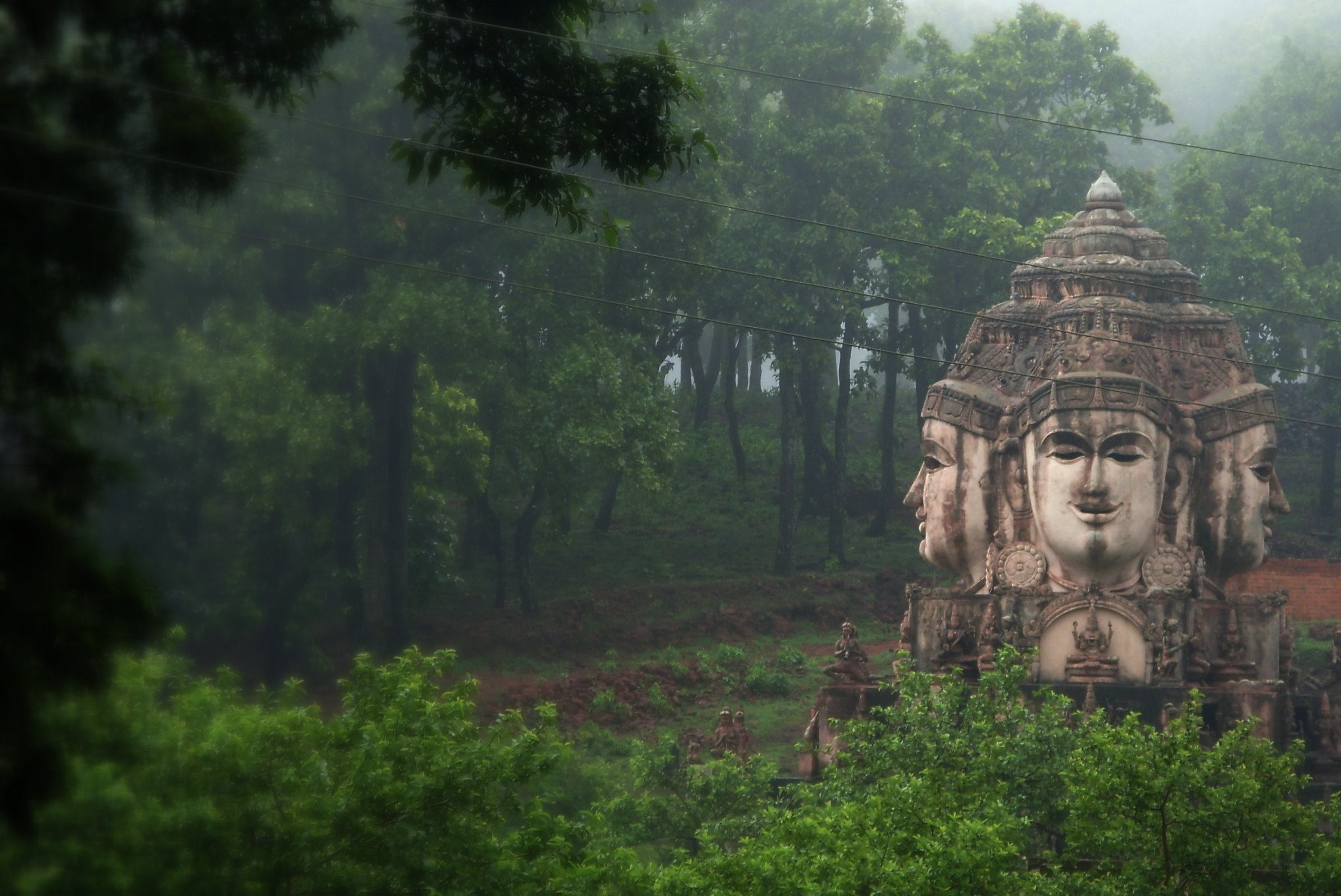
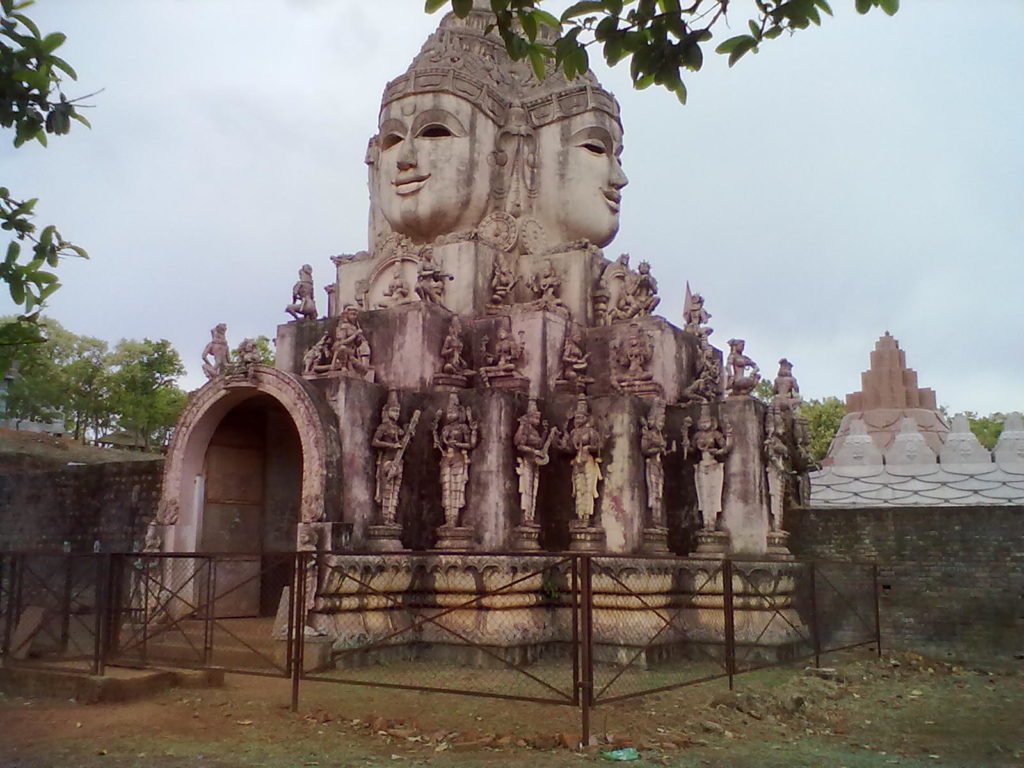
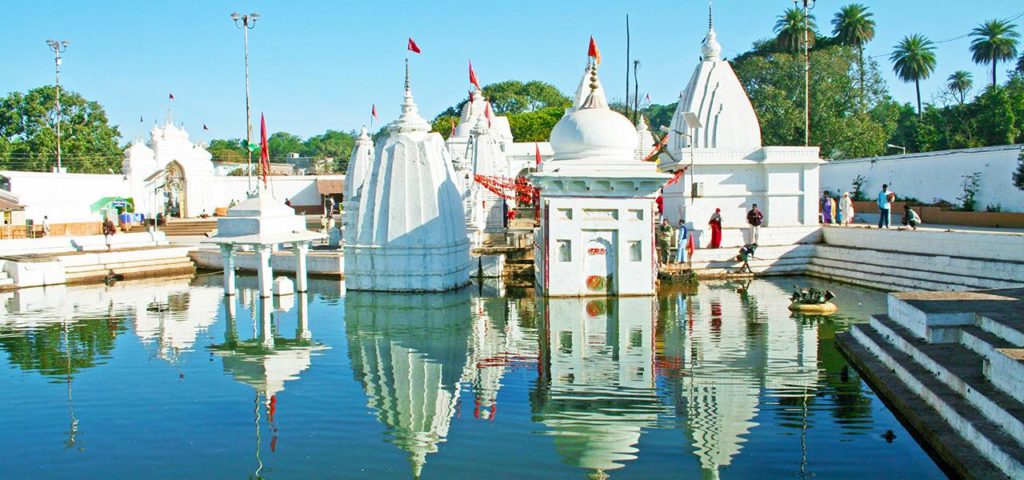
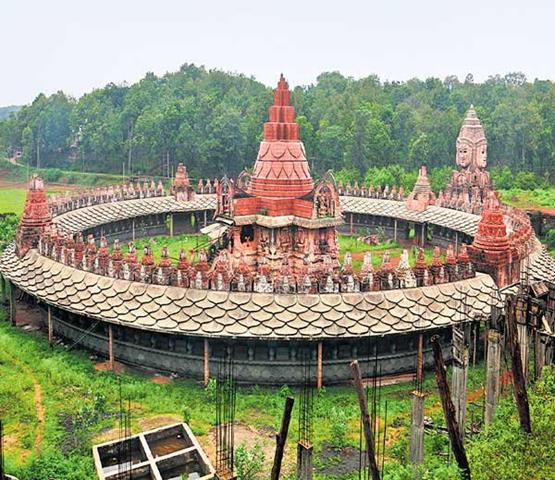
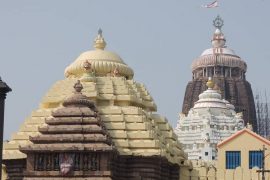
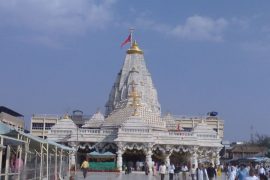
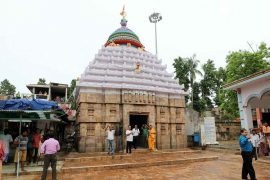
Comments are closed.